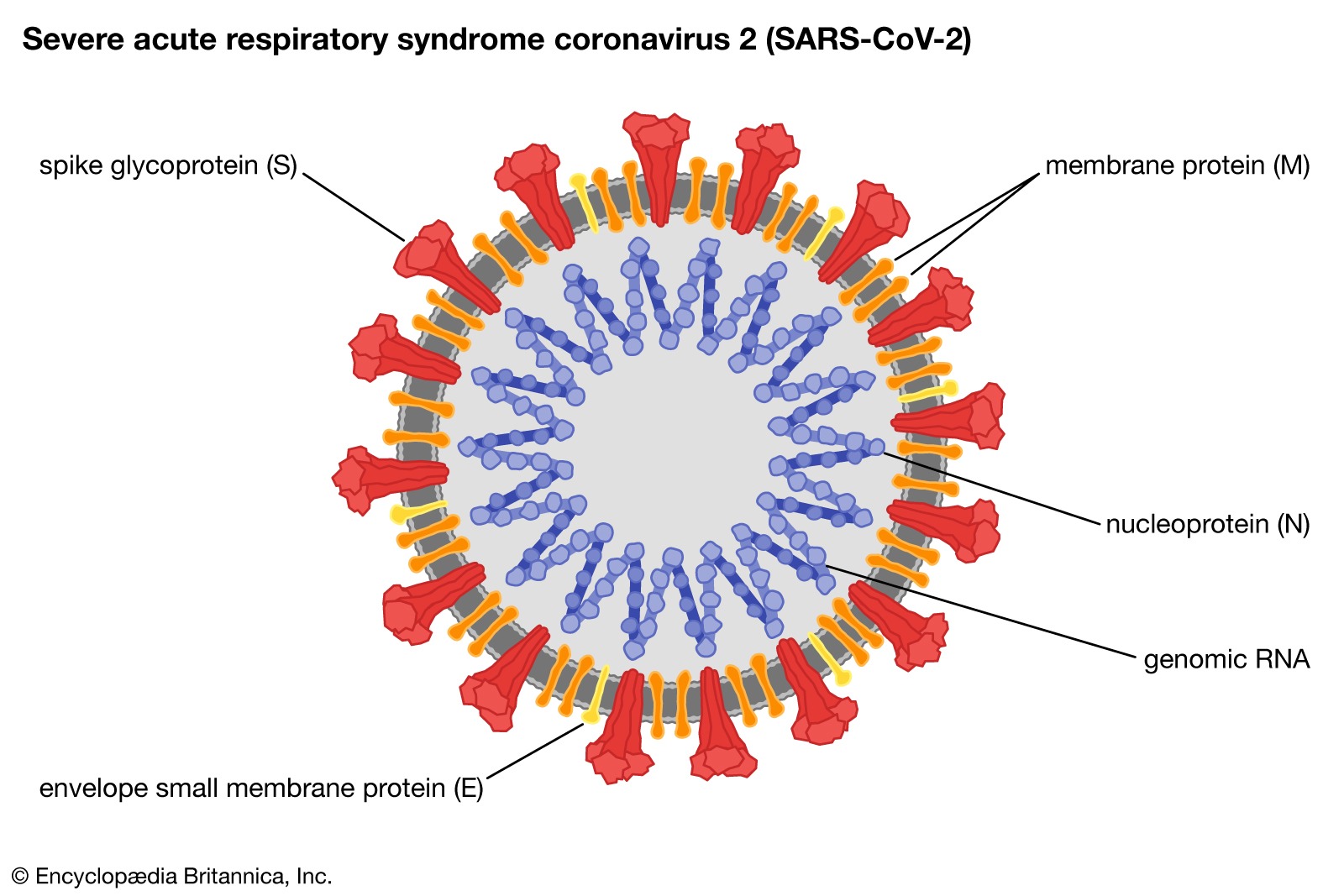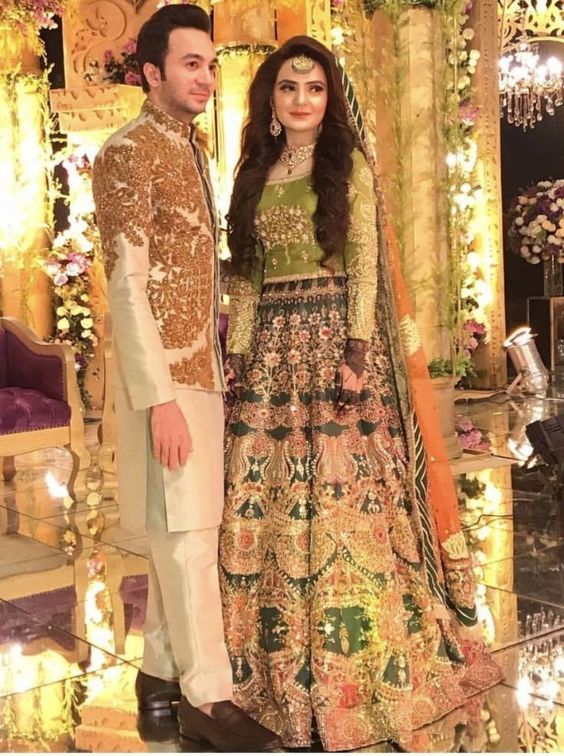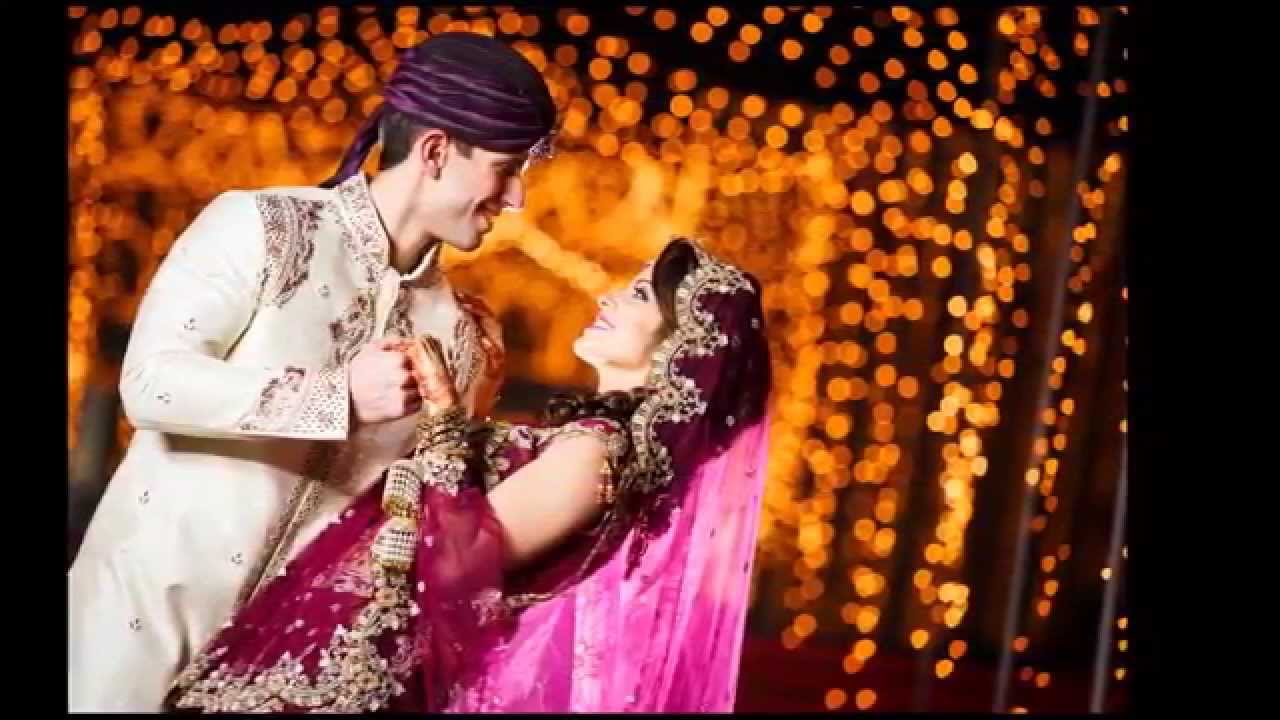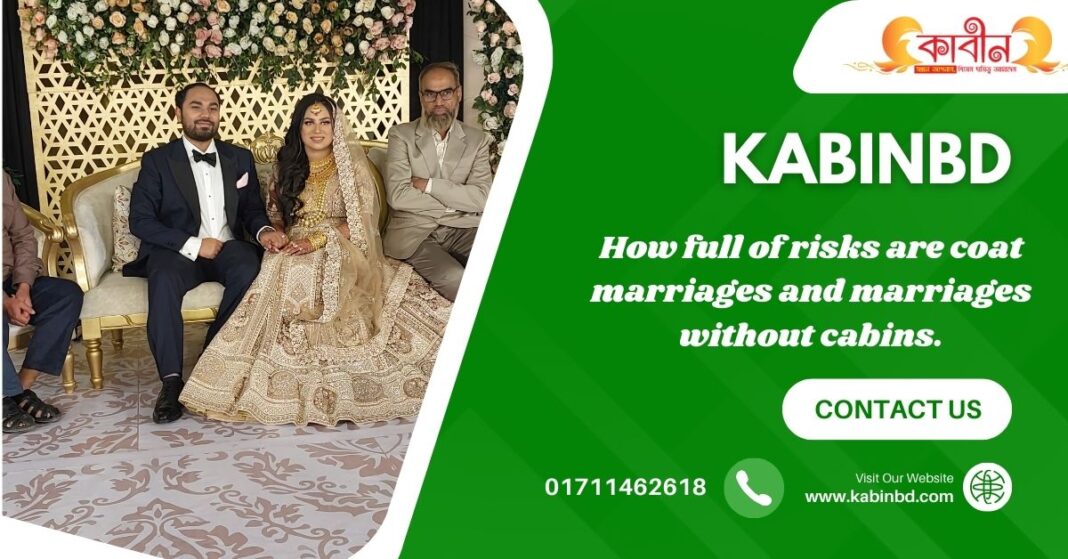How full of risks are coat marriages and marriages without cabins.
A Cautionary Tale: The Perils of Coat Marriages and Marriages Without Cabins
Introduction
In many cultures, marriage is considered a sacred union between two individuals. It is often seen as a foundation for family, community, and societal stability. However, there are certain types of marriages that have been associated with increased risks and challenges. Two such types are coat marriages and marriages without cabins. This article will explore the potential dangers and drawbacks associated with these unconventional marital arrangements.
Coat Marriages: A Risky Proposition

Coat marriages, also known as garment marriages or cloth marriages, are a practice found in certain regions of Asia, particularly in India, Pakistan, and Nepal. In this tradition, two individuals are considered married by merely exchanging garments or pieces of cloth. This symbolic act is often performed in private, without any formal ceremony or legal documentation.
While coat marriages may seem like a simple and convenient way to establish a marital relationship, they are fraught with risks. One of the primary concerns is the lack of legal recognition. Without official documentation, married couples may face difficulties in accessing healthcare, inheritance rights, and other legal benefits. Additionally, coat marriages can be vulnerable to exploitation and coercion, as there is no formal mechanism for ensuring the consent or well-being of the individuals involved.
Another significant risk associated with coat marriages is the potential for social ostracism. In many societies, marriage is seen as a formal and public event that is celebrated by family and friends. Coat marriages, on the other hand, are often kept secret, which can lead to social isolation and stigmatization. Furthermore, the lack of a formal marriage ceremony can make it difficult for couples to establish their marital status and credibility within their communities. Coat marriages, also known as garment marriages or cloth marriages, are a practice found in certain regions of Asia, particularly in India, Pakistan, and Nepal. In this tradition, two individuals are considered married by merely exchanging garments or pieces of cloth. This symbolic act is often performed in private, without any formal ceremony or legal documentation.
While coat marriages may seem like a simple and convenient way to establish a marital relationship, they are fraught with risks. One of the primary concerns is the lack of legal recognition. Without official documentation, married couples may face difficulties in accessing healthcare, inheritance rights, and other legal benefits. Additionally, coat marriages can be vulnerable to exploitation and coercion, as there is no formal mechanism for ensuring the consent or well-being of the individuals involved.
Another significant risk associated with coat marriages is the potential for social ostracism. In many societies, marriage is seen as a formal and public event that is celebrated by family and friends. Coat marriages, on the other hand, are often kept secret, which can lead to social isolation and stigmatization. Furthermore, the lack of a formal marriage ceremony can make it difficult for couples to establish their marital status and credibility within their communities.
Marriage is traditionally seen as a union based on love, trust, and mutual respect, but not all marriages are forged from these ideal components. In some cases, marriages occur out of convenience, societal pressures, or other superficial reasons, and these are often referred to as “coat marriages.” The term “coat marriage” metaphorically suggests that the marriage is like a coat—something one puts on to protect oneself from external factors, rather than for warmth or comfort. This concept is laden with risks, both for the individuals involved and the society at large.
Understanding Coat Marriages
Coat marriages typically occur when individuals enter into marriage for reasons other than genuine love or emotional connection. These reasons can vary widely, including:
- Social and Economic Pressure: In many cultures, there is intense pressure to marry by a certain age. Individuals might enter into a marriage simply to conform to societal expectations or to avoid the stigma of remaining single. Economic pressures can also drive people into coat marriages, especially in situations where financial security is prioritized over personal happiness.
- Immigration and Legal Benefits: Some marriages are entered into primarily to obtain legal residency or citizenship in a particular country. While these marriages might start as a practical arrangement, they often lack the emotional depth required for long-term success.
- Family Obligations: In some cases, individuals marry to fulfill familial obligations or to honor agreements made by their families. These marriages may be more about maintaining family honor or fulfilling parental expectations than about the couple’s own desires.
- Escaping Unfavorable Circumstances: People might marry to escape difficult personal situations, such as abusive family environments or oppressive societal norms. While marriage might offer a way out, it often introduces a new set of challenges.
- Superficial Attractions: Sometimes, marriages are based on superficial attractions, such as physical appearance, social status, or wealth, rather than deeper emotional connections. These marriages often face difficulties once the initial allure fades.
The Risks Associated with Coat Marriages
While coat marriages might seem like a practical solution in the short term, they come with significant risks that can affect the individuals involved, their families, and society as a whole.
- Lack of Emotional Connection: One of the primary risks of coat marriages is the lack of a strong emotional foundation. Marriages based on convenience or external factors often lack the emotional intimacy that is crucial for long-term happiness and stability. Without a deep emotional bond, couples may find it difficult to navigate the challenges of married life, leading to dissatisfaction and potential separation.
- Increased Likelihood of Divorce: Coat marriages are more prone to end in divorce. When the initial reasons for marriage no longer apply—such as achieving legal status or fulfilling societal expectations—the couple may find little reason to stay together. Additionally, the absence of a strong emotional connection can make it difficult to resolve conflicts, leading to an increased likelihood of separation.
- Impact on Children: If a coat marriage results in children, the lack of a stable and loving relationship between the parents can have profound effects on the children’s development. Children in such environments may experience emotional neglect, leading to issues such as low self-esteem, anxiety, and difficulties in forming their own healthy relationships in the future.
- Emotional and Psychological Strain: Entering into a marriage for reasons other than love and mutual respect can take a significant toll on the individuals involved. Over time, the realization that the marriage lacks true emotional depth can lead to feelings of emptiness, regret, and resentment. This emotional strain can manifest in various ways, including depression, anxiety, and other mental health issues.
- Social and Cultural Consequences: On a broader scale, coat marriages can contribute to the erosion of the institution of marriage. When marriages are based on convenience rather than love and commitment, it can undermine the societal value placed on marriage as a sacred bond. This can lead to a cycle where future generations also view marriage as a transactional arrangement rather than a meaningful partnership.
- Legal and Ethical Complications: In cases where coat marriages are entered into for immigration or legal benefits, there is always the risk of legal complications. If authorities discover that the marriage was not genuine, it can result in legal penalties, including deportation, fines, or even imprisonment. Such marriages also raise ethical questions about the exploitation of legal systems and the potential harm caused to others.
The Psychological Impact of Coat Marriages
Coat marriages not only involve significant practical risks but also have profound psychological effects on the individuals involved. The emotional toll can be severe, particularly when individuals enter into these marriages with unrealistic expectations or out of desperation.
- Feelings of Entrapment: Many individuals in coat marriages may feel trapped in a relationship that does not fulfill their emotional needs. The pressure to maintain the facade of a happy marriage can lead to feelings of entrapment, especially if the marriage was entered into under coercion or societal pressure.
- Identity Crisis: Being in a coat marriage can lead to an identity crisis, as individuals struggle to reconcile their personal desires and aspirations with the reality of their marriage. This internal conflict can result in a loss of self-esteem and a diminished sense of self-worth.
- Resentment and Bitterness: Over time, the lack of emotional fulfillment in a coat marriage can lead to resentment and bitterness between partners. These negative emotions can erode whatever connection might have existed, leading to a toxic relationship environment.
- Disillusionment with Marriage: Individuals who enter into coat marriages might become disillusioned with the concept of marriage itself. The realization that their marriage was not based on love and commitment can lead to a cynical view of relationships, making it difficult to form meaningful connections in the future.
The Ethical Dilemma of Coat Marriages
Coat marriages also pose significant ethical dilemmas. When marriage is used as a means to an end—whether for financial security, legal status, or social acceptance—it raises questions about the true nature of commitment and the exploitation of societal institutions.
- Exploitation of Legal Systems: In cases where coat marriages are used to gain legal benefits, such as residency or citizenship, there is an element of exploitation of the legal system. This not only undermines the integrity of the system but also raises ethical concerns about the fairness and justice of using marriage for such purposes.
- Deception and Dishonesty: Coat marriages often involve a degree of deception, either towards society, legal authorities, or even the individuals involved. This dishonesty can have far-reaching consequences, including legal repercussions and the erosion of trust within the relationship.
- Impact on Genuine Marriages: The prevalence of coat marriages can also have a negative impact on genuine marriages. When marriage is seen as a transactional arrangement rather than a sacred bond, it can devalue the commitment made by couples who enter into marriage for love and companionship.
Navigating the Challenges of Coat Marriages
While coat marriages are fraught with risks, there are ways to navigate the challenges and mitigate the potential negative outcomes. For individuals who find themselves in a coat marriage, it is essential to acknowledge the realities of the situation and take proactive steps to address the underlying issues.
- Open Communication: One of the most critical factors in managing a coat marriage is open and honest communication between partners. Discussing the reasons for the marriage, the expectations, and the challenges can help both parties better understand each other’s perspectives and work towards a more harmonious relationship.
- Seeking Professional Help: Counseling or therapy can be beneficial for couples in coat marriages. A professional therapist can help the couple navigate the emotional complexities of their relationship and develop strategies for improving communication and connection.
- Reevaluating Priorities: For some couples, it may be necessary to reevaluate their priorities and consider whether staying in the marriage is truly in their best interest. If the marriage is causing significant emotional harm, it might be worth exploring the possibility of separation or divorce.
- Building Emotional Intimacy: While coat marriages may lack an initial emotional connection, it is possible to build intimacy over time. By focusing on shared experiences, mutual respect, and understanding, couples can work towards creating a more emotionally fulfilling relationship.
- Considering the Long-Term Impact: It is essential to consider the long-term impact of staying in a coat marriage, particularly when children are involved. The well-being of children should be a priority, and couples should assess whether the marriage environment is conducive to healthy emotional development for their children.
Conclusion
Coat marriages are a risky proposition, fraught with emotional, psychological, and legal challenges. While they may offer short-term solutions to certain pressures or problems, they often result in long-term dissatisfaction and harm. The lack of a strong emotional foundation, combined with the potential for legal and ethical complications, makes coat marriages a precarious choice for individuals and society as a whole.
Ultimately, marriage is a deeply personal commitment that should be entered into with careful consideration of the emotional, practical, and ethical implications. While coat marriages might seem like a practical solution to certain challenges, they often lead to more significant problems down the line. For those considering or currently in a coat marriage, it is crucial to acknowledge the risks and take proactive steps to address the underlying issues, ensuring that the relationship is as healthy and fulfilling as possible.
Marriages Without Cabins: A Challenging Path
Marriages without cabins, also known as elopements or runaway marriages, are another type of unconventional marital arrangement. In this practice, couples choose to marry without the consent or knowledge of their families. This decision may be motivated by various reasons, including parental opposition, cultural differences, or a desire for independence.
While marriages without cabins may seem romantic and liberating, they can also present significant challenges. One of the primary risks is the potential for family estrangement. Disapproving parents may cut off contact with their children, leading to emotional distress and social isolation. Additionally, couples who elope may face difficulties in obtaining legal recognition for their marriage, particularly if they are from different countries or if they are minors.
While marriages without cabins may seem romantic and liberating, they can also present significant challenges. One of the primary risks is the potential for family estrangement. Disapproving parents may cut off contact with their children, leading to emotional distress and social isolation. Additionally, couples who elope may face difficulties in obtaining legal recognition for their marriage, particularly if they are from different countries or if they are minors.
The Impact on Women and Children
Coat marriages and marriages without cabins can have a particularly negative impact on women and children. Women who are involved in these types of marriages may be at risk of domestic violence, exploitation, and discrimination. They may also face difficulties in accessing healthcare, education, and employment opportunities.
Children born from coat marriages or marriages without cabins may also be at risk. They may not have access to the same legal rights and protections as children born from formal marriages. Additionally, they may face social stigma and discrimination due to the unconventional nature of their parents’ union. Coat marriages and marriages without cabins can have a particularly negative impact on women and children. Women who are involved in these types of marriages may be at risk of domestic violence, exploitation, and discrimination. They may also face difficulties in accessing healthcare, education, and employment opportunities.
Children born from coat marriages or marriages without cabins may also be at risk. They may not have access to the same legal rights and protections as children born from formal marriages. Additionally, they may face social stigma and discrimination due to the unconventional nature of their parents’ union.
It is essential to recognize the unique vulnerabilities of women and children in these situations. By addressing these issues, we can help to protect their rights and promote their well-being.
Conclusion
Coat marriages and marriages without cabins are unconventional marital arrangements that can present significant risks and challenges. While these practices may seem appealing to some individuals, it is important to carefully consider the potential consequences before making such a decision. By understanding the dangers associated with these types of marriages, individuals can make informed choices and protect themselves from harm.
Additional Considerations
- Cultural Context: The risks and challenges associated with coat marriages and marriages without cabins may vary depending on the specific cultural context. It is important to consider the cultural norms and traditions of the region in which the marriage takes place.
- Legal Implications: The legal status of coat marriages and marriages without cabins can vary widely from country to country. Individuals who are considering these types of marriages should consult with a legal professional to understand their rights and obligations.
- Support Resources: Individuals who are facing difficulties related to coat marriages or marriages without cabins can seek support from family, friends, or professional organizations. There are many resources available to help individuals navigate these challenging situations.
By being aware of the potential risks and challenges associated with coat marriages and marriages without cabins, individuals can make informed decisions and protect themselves from harm. It is important to prioritize the well-being of all parties involved and to seek support when needed. Coat marriages and marriages without cabins are unconventional marital arrangements that can present significant risks and challenges. While these practices may seem appealing to some individuals, it is important to carefully consider the potential consequences before making such a decision.
By understanding the dangers associated with these types of marriages, individuals can make informed choices and protect themselves from harm. It is important to prioritize the well-being of all parties involved and to seek support when needed.
Additional Considerations
- Cultural Context: The risks and challenges associated with coat marriages and marriages without cabins may vary depending on the specific cultural context. It is important to consider the cultural norms and traditions of the region in which the marriage takes place.
- Legal Implications: The legal status of coat marriages and marriages without cabins can vary widely from country to country. Individuals who are considering these types of marriages should consult with a legal professional to understand their rights and obligations.
- Support Resources: Individuals who are facing difficulties related to coat marriages or marriages without cabins can seek support from family, friends, or professional organizations. There are many resources available to help individuals navigate these challenging situations.
By being aware of the potential risks and challenges associated with coat marriages and marriages without cabins, individuals can make informed decisions and protect themselves from harm. It is important to prioritize the well-being of all parties involved and to seek support when needed.
Best Bangladeshi Matrimonial Service
Matrimonial web site Bangladesh
আপনি যদি বিয়ের ব্যাপারে সিরিয়াস হয়ে থাকেন তবে
লিংকে ক্লিক করে ফ্রী রেজিষ্ট্রেশন করুন
অথবা বিস্তারিত জানতেঃ
Gmail:kabinbd4@gmail.com
01711462618 এ কল করুন ২৪/৭ সার্ভিস
























